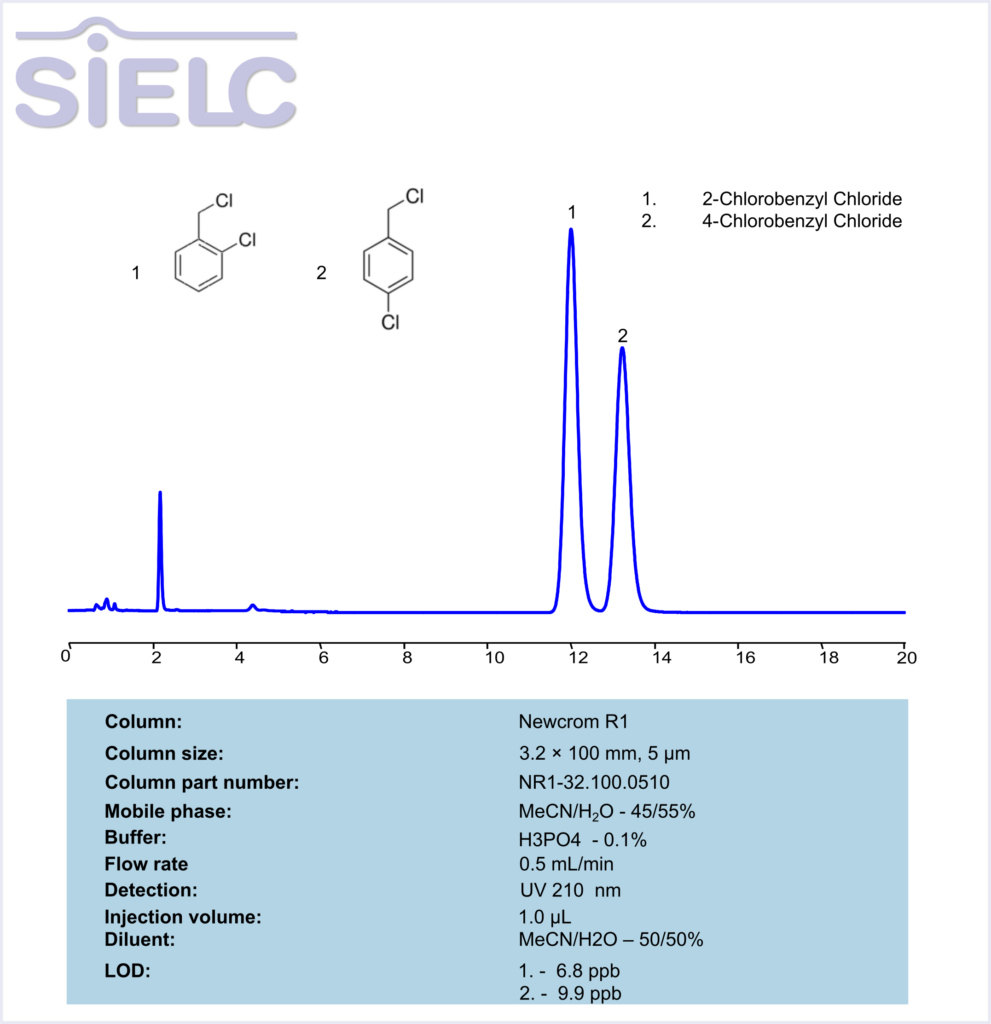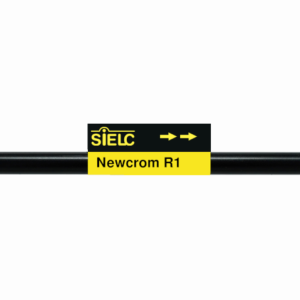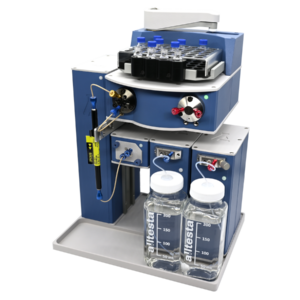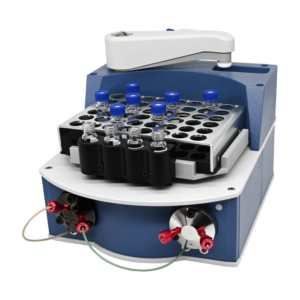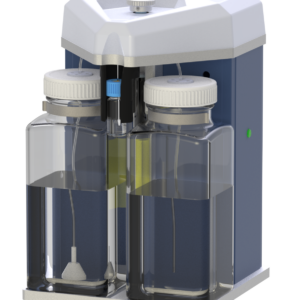HPLC Method for 2-Chlorobenzyl chloride, 4-Chlorobenzyl chloride on Newcrom R1 by SIELC Technologies
High Performance Liquid Chromatography (HPLC) Method for Analysis of 2-Chlorobenzyl chloride, 4-Chlorobenzyl chloride
2-Chlorobenzyl Chloride
Pharmaceutical intermediate – used to build drugs with chlorinated aromatic structures.
Agrochemicals – precursor for pesticides and herbicides.
Organic synthesis – for introducing a 2-chlorobenzyl group via nucleophilic substitution.
Dyes and pigments – used in manufacturing colorants.
4-Chlorobenzyl Chloride
Pharmaceuticals – key building block for antihistamines, antidepressants, etc.
Polymer chemistry – used to modify or crosslink polymers.
Agrochemical synthesis – like insecticides and fungicides.
Fine chemicals – intermediate for specialty chemical synthesis.
2-Chlorobenzyl chloride, 4-Chlorobenzyl chloride can be retained and analyzed using the Newcrom R1 column. The analysis utilizes an isocratic method with a simple mobile phase consisting of water, acetonitrile (MeCN), and phosphoric acid. Detection is performed using UV at 210 nm.
| Column | Newcrom R1, 3.2 x 100 mm, 5 µm, 100 A, dual ended |
| Mobile Phase | MeCN -45% |
| Buffer | H3PO4 – 0.1% |
| Flow Rate | 1.0 ml/min |
| Detection | UV 210 nm |
| LOD | 6.8 ppb, 9.9 ppb |
*LOD was determined for this combination of instrument, method, and analyte, and it can vary from one laboratory to another even when the same general type of analysis is being performed.
| Class of Compounds | Organic Halides (Alkyl Halides / Arylalkyl Halides) |
| Analyzing Compounds | 2-Chlorobenzyl chloride, 4-Chlorobenzyl chloride |
Application Column
Newcrom R1
Column Diameter: 3.2 mm
Column Length: 100 mm
Particle Size: 5 µm
Pore Size: 100 A
Column options: dual ended
4-Chlorobenzyl chloride

